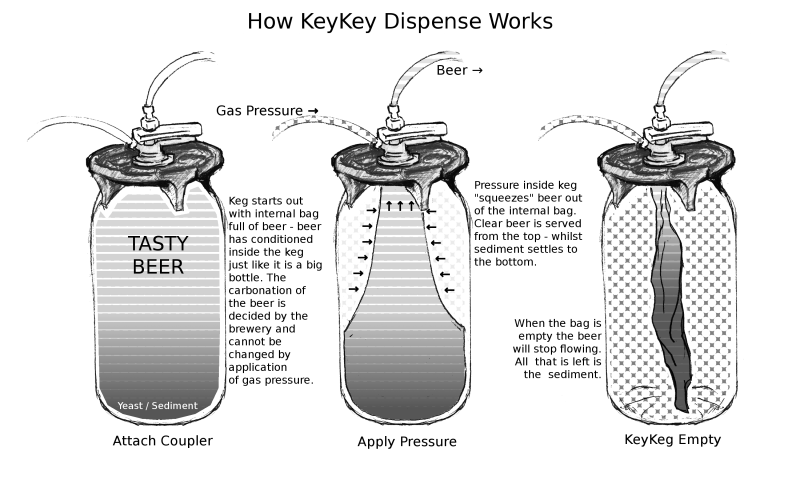I want to do a LoDO IPA as my next brew. I've seen some chatter on here about ale yeasts not tolerating the sulfites as well as the lager yeasts so I was considering my options. I've made an IPA with a lager yeast before, at lager temps, and while it was good, it wasn't what i was looking for because it was too clean.
So i'm looking to attempt this again, but was thinking my options could be:
1. Pitch ale yeast (Wy1450), but maybe dial back the sulfites (probably 50%)
2. Pitch a lager yeast (i've got 2035 american lager and 2633 octoberfest blend on hand) and ferment on the warm side. I'd probably do the 2035 at 58F.
I would likely be dry hopping in the keg with a few gravity points to go, then adding priming sugar to the serving keg to keep it LoDO.
Thoughts?














![Craft A Brew - Safale S-04 Dry Yeast - Fermentis - English Ale Dry Yeast - For English and American Ales and Hard Apple Ciders - Ingredients for Home Brewing - Beer Making Supplies - [1 Pack]](https://m.media-amazon.com/images/I/41fVGNh6JfL._SL500_.jpg)











































